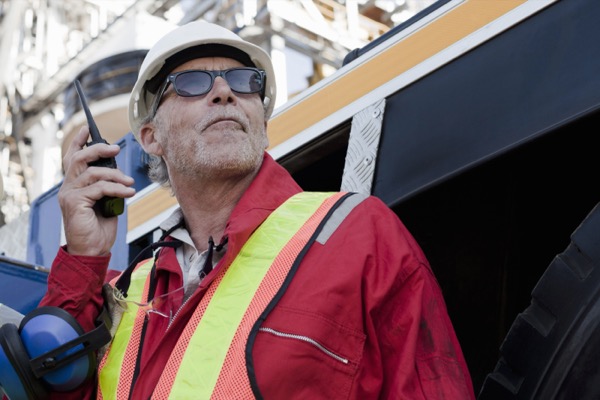Machine guarding failures are a significant concern in workplace safety, leading to potential hazards and increased risk of accidents. Addressing common failures in machine guarding requires a systematic evaluation of risks and the development of effective mitigation measures. This article discusses the evaluation of risks associated with machine guarding failures and outlines strategies for developing mitigation measures to ensure a safe working environment.
Evaluation of Risks Associated with Machine Guarding Failures
A thorough evaluation of risks associated with machine guarding failures is essential to identify potential hazards and develop appropriate mitigation measures. Key steps in evaluating risks include:
- Risk Identification: Conduct a comprehensive assessment to identify potential failures in machine guarding. This involves examining the workplace, machinery, and equipment to identify areas where guarding may be insufficient, damaged, or improperly installed.
- Risk Analysis: Analyze the severity and likelihood of potential hazards resulting from machine guarding failures. Consider factors such as the type of machine, the specific hazards associated with it, the frequency of use, and the potential consequences of failure. This analysis helps prioritize risks and focus on areas of highest concern.
- Root Cause Analysis: Investigate the root causes of machine guarding failures. Look beyond the immediate failures to identify underlying issues, such as inadequate training, poor maintenance practices, or insufficient supervision. Understanding the root causes helps develop targeted mitigation measures that address the underlying issues effectively.
- Data Analysis: Analyze incident reports, near-miss reports, and injury data related to machine guarding failures. Identify patterns or trends to determine common causes and areas of improvement. This data-driven approach provides valuable insights for addressing specific risks and implementing effective mitigation measures.
Development of Mitigation Measures
Once risks associated with machine guarding failures are identified and evaluated, the development of mitigation measures becomes crucial. Key strategies for developing effective mitigation measures include:
- Guarding Enhancements: Enhance existing machine guarding measures to address identified risks. This may involve adding supplementary guards, improving guard design, or utilizing advanced technologies, such as presence-sensing devices or interlocking mechanisms. The goal is to ensure that guards effectively prevent access to hazardous areas and minimize the potential for accidents.
- Standard Operating Procedures (SOPs): Develop and implement clear SOPs for machine operation, including guidelines for proper machine guarding practices. SOPs should cover procedures for equipment setup, maintenance, inspection, and safe operation. Regular training and reinforcement of these procedures are essential to ensure employee compliance.
- Training and Education: Provide comprehensive training and education to employees on machine guarding principles, hazard identification, and safe work practices. Training should include the importance of guarding, recognition of common failures, and reporting procedures for guarding deficiencies. Ensure that employees understand the risks associated with machine guarding failures and their role in maintaining a safe work environment.
- Maintenance and Inspections: Establish regular maintenance schedules and inspection protocols for machine guarding. Maintenance should include regular checks for guard integrity, repair or replacement of damaged guards, and adherence to manufacturer’s recommendations. Inspections should be conducted by qualified personnel to ensure compliance with safety standards and identify any deficiencies or potential failures.
- Supervision and Accountability: Implement effective supervision and accountability systems to ensure compliance with machine guarding requirements. Supervisors should actively monitor employees’ adherence to guarding practices, provide guidance, and address any deviations promptly. Foster a culture of accountability where employees feel comfortable reporting guarding concerns without fear of retaliation.
- Continuous Monitoring and Improvement: Continuously monitor the effectiveness of mitigation measures through incident reporting, audits, and feedback from employees. Regularly evaluate the performance of guarding systems, address emerging risks, and incorporate lessons learned to improve machine guarding practices over time.
Addressing common failures in machine guarding requires a systematic evaluation of risks and the development of effective mitigation measures. By evaluating risks associated with machine guarding failures, identifying root causes, and analyzing relevant data, organizations can develop targeted mitigation measures to ensure a safe working environment. Enhancements to guarding, development of SOPs, comprehensive training and education, regular maintenance and inspections, supervision and accountability, and continuous monitoring and improvement are key strategies to address common failures and minimize risks. Through a proactive approach to machine guarding, organizations can enhance workplace safety, reduce accidents, and prioritize the well-being of employees.







